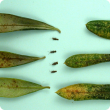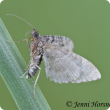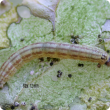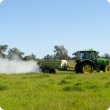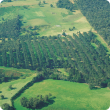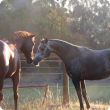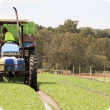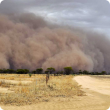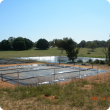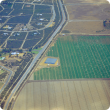Filter by regions:
- (-) Remove Mid West filter Mid West
- (-) Remove Peel filter Peel
- South West (762) Apply South West filter
- Great Southern (760) Apply Great Southern filter
- Wheatbelt (677) Apply Wheatbelt filter
- Goldfields-Esperance (638) Apply Goldfields-Esperance filter
- Perth regions (590) Apply Perth regions filter
- Gascoyne (522) Apply Gascoyne filter
- Kimberley (451) Apply Kimberley filter
- Pilbara (447) Apply Pilbara filter

